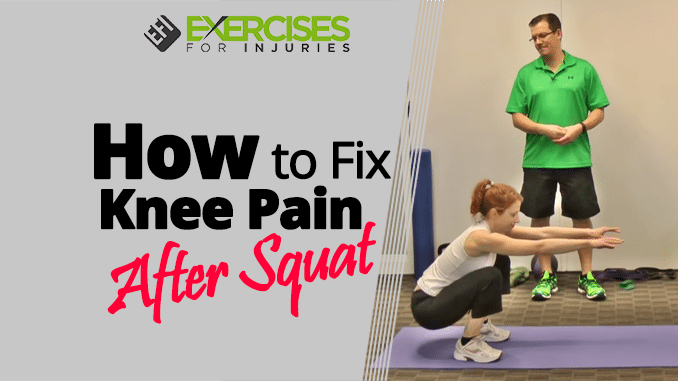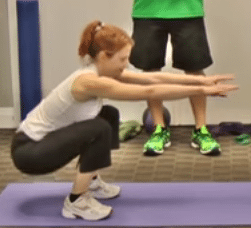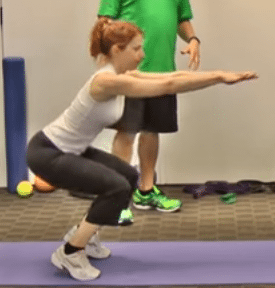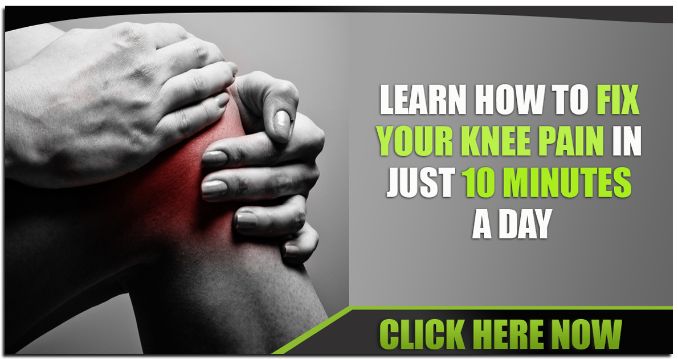
Knee injuries are common, especially when it comes to squats. The squat is a great exercise that primarily works your glutes, thighs, and quads. It also works your calves, hamstrings, and obliques. In order for muscles to grow stronger, they need to be worked out regularly. Doing the squat over time can lead to muscle fatigue and knee problems. If you have weak or injured knees, fixing knee pain after squat may help you to overcome the pain you are feeling.
To fix these issues, continue with the squat with knee wraps or change up your exercise regimen by doing other exercises that work out different muscle groups. Here are some ways you can prevent knee problems from cropping up again even after the workout has passed.
1. Going too deep
The squatting movement is achieved by pushing your hips back and bending your knees. The depth at which you squat can impact the strength of your knees, especially if you are going too deep. If you feel pain during this exercise or any other movements, it might mean that you are not ready to go all the way down in your squat. Your knees may not be ready for it. Going too deep when squatting leads to knee pain, so limit how deep you go.
Change it up by squatting at a slightly lower depth. Start by doing the 90-degree squat and then raising back up. Go to a point where your thigh is parallel to the floor, and then work your way up to going deeper.
2. Putting too much weight on the toes
Placing more weight on your toes puts more stress on the quadriceps muscles, which pulls on the patella. This puts more stress on the knee joint, leading to knee pain. If you put a lot of pressure against the knee joint when squatting, it will irritate things.
Distribute your weight across your mid-foot or heel area. This will kick in more on your hamstrings and glutes which you want to be strong in order to prevent or help overcome knee pain. This is also great for preventing or overcoming back pain.
3. Knees pass the toes
The knees should pass the toes when you squat. If your knees get in front of your toes, it can cause pain or knee injuries. This puts a lot of stress on the knee. While it is impossible to prevent the knees from passing the toes, you want to minimize it. To fix this, focus on keeping your knees behind your toes during the squat and give it time to adjust.
Go to a point where the thigh is parallel to the floor. Put your weight more in the midfoot and heel, come back up, and then go down again. This will decrease the stress on the knee joint.
Knee pain after squatting can be frustrating. It’s important to remember that it is a common injury and not always due to your form. If you’ve been doing squats for a long time, if you have weak or injured knees, or if you are experiencing pain in your hips or lower back, it might be time to take a break from this exercise before the problem gets worse. That’s why there are ways in fixing knee pain after squat.
If you are suffering from any kind of knee discomfort and want to end that knee pain permanently, then click here to check out the Knee Pain Solved program.




